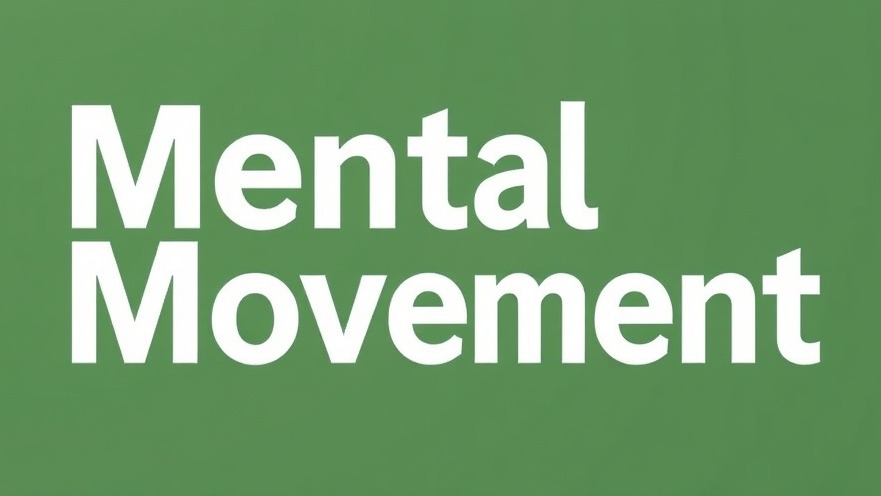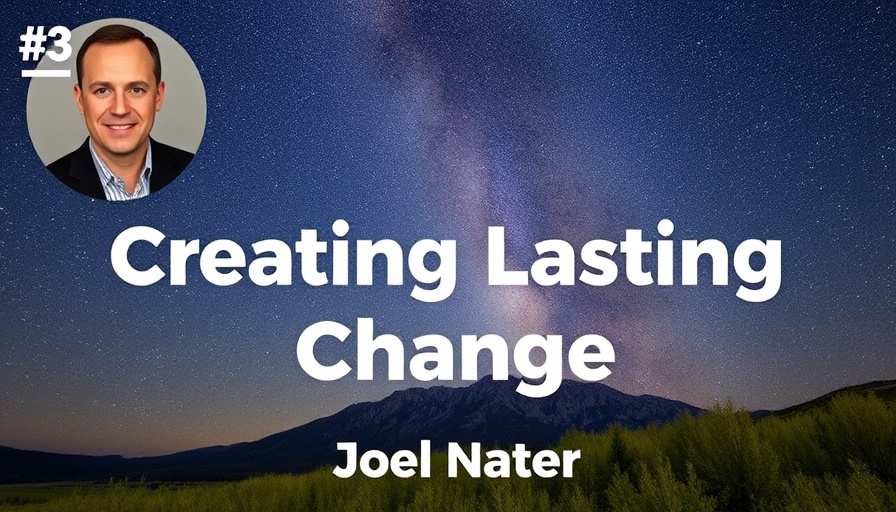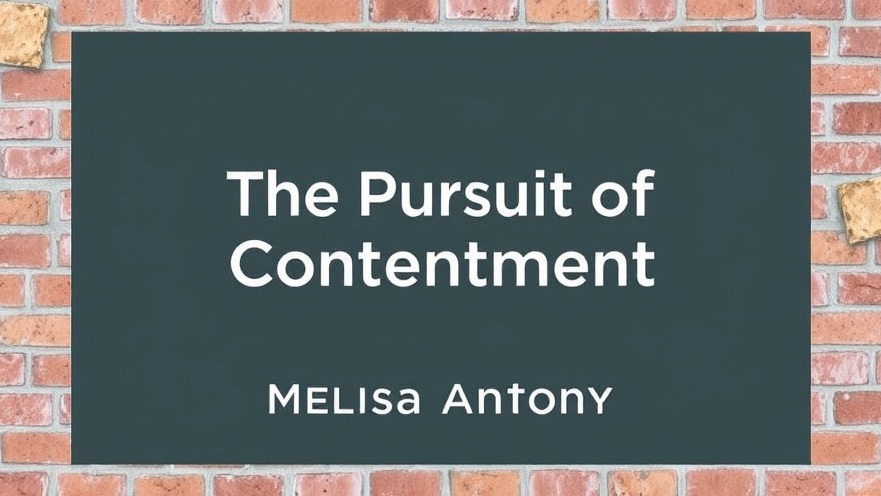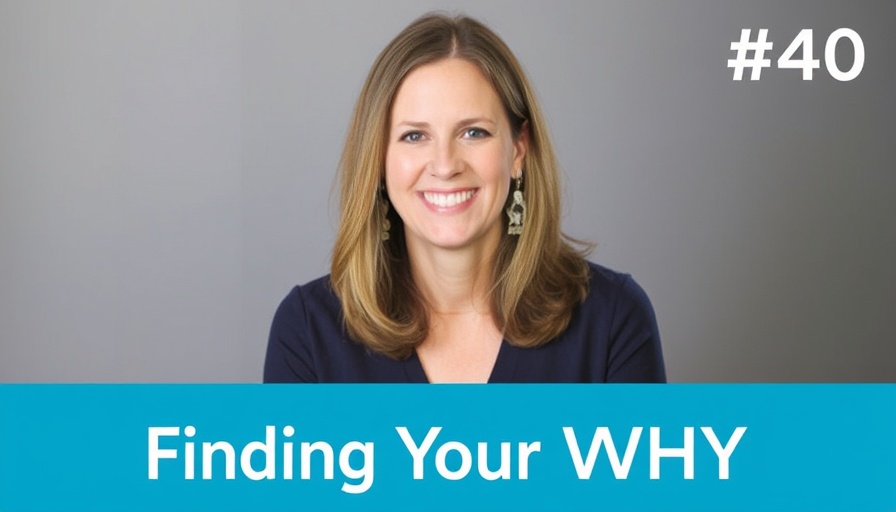
Unraveling the Concept of Mental Movement
The term "mental movement" may not be widely recognized, but in the realm of mental health, it carries significant weight. Bob Levesque, a practitioner based in Orlando, advocates for an approach that integrates physical movement and mental health. By understanding the intricate relationship between how we move our bodies and how well we think and feel, we can offer more holistic solutions for emotional and cognitive challenges.
Connecting Body and Mind: A Holistic Perspective
At its core, mental movement recognizes that our mental state is closely tied to our physical activities. Just as exercise is critical for physical health, engaging in purposeful movement can safeguard and enhance mental well-being. Levesque’s work emphasizes that movement need not be vigorous—it can be as simple as stretching, walking, or yoga. All these activities can stimulate the brain, release endorphins, and help manage anxiety and depression, thereby creating a direct bridge between bodily actions and mental clarity.
The Importance of Emotional Health for Families
This discussion is particularly relevant for families looking to enhance their collective well-being. Parents and caregivers often carry heavy emotional loads, and the dynamic of family life can be both demanding and rewarding. Engaging in mental movement as a family activity—whether through outdoor adventures, community sports, or family yoga nights—can significantly boost emotional health. It encourages communication, bonding, and shared experiences, which are crucial for nurturing resilient children and supportive relationships.
Activities That Stimulate Mental Movement
Steps towards integrating mental movement into daily life can start with simple actions. For example, taking family walks at local parks or gardens can be a wonderfully relaxing way to bond while simultaneously promoting mental clarity. Community events that involve active participation, such as dance classes or outdoor sports, can get everyone involved and can be a source of joy and laughter.
Supporting Elderly Mental Health: Gentle Movement Practices
It's vital to remember that mental movement isn't limited to the young. For the elderly, embracing mental movement can greatly enhance quality of life. Gentle activities such as tai chi or even seated exercises can be incredibly beneficial, offering both physical benefits and cognitive engagement. With the right guidance, elderly individuals can find joy and fulfillment in movement, fostering a community spirit that defies isolation.
Future Insights into Mental Movement
Looking ahead, the understanding of mental movement should continue to evolve. Health professionals are beginning to see a shift toward a more integrated approach to wellness, in which emotional and physical health are treated as inseparable. As this trend grows, Orlando could lead the charge as a model for cities around the country. Organizations could offer workshops, classes, and seminars focused on the mental movement philosophy, creating a ripple effect that transforms awareness and practice.
Call to Action: Join the Movement
To truly benefit from mental movement in everyday life, individuals and families must take the initiative. Whether it’s starting your own family workout event, visiting mental health workshops, or simply trying mindful movement activities, the path to enhanced well-being begins with small steps. Join Levesque and others in redefining how we view physical activity and its impact on mental health. The time to embrace mental movement is now!
 Add Row
Add Row  Add
Add 




Write A Comment